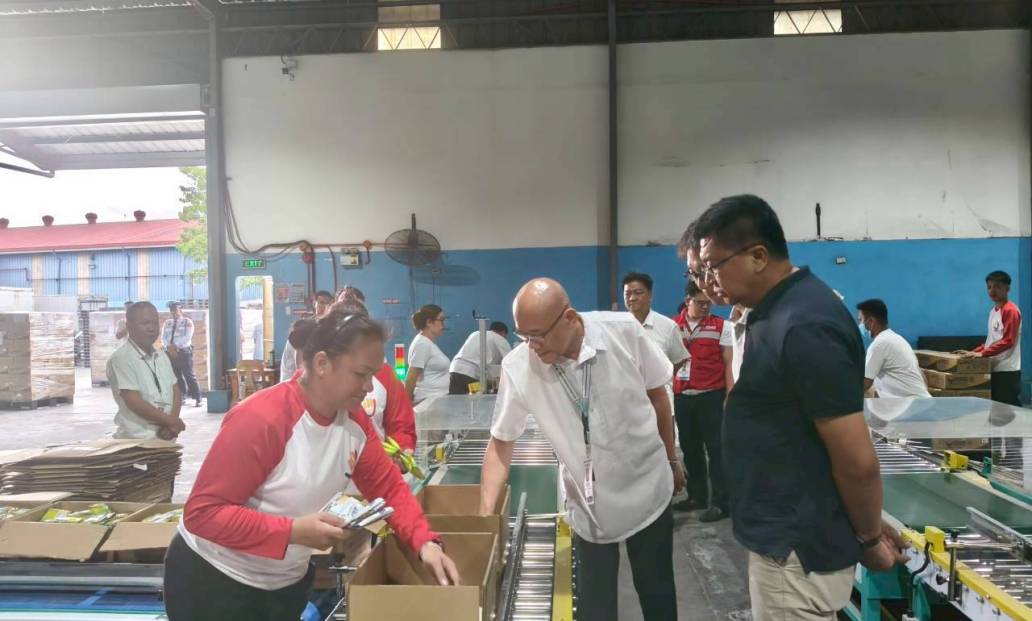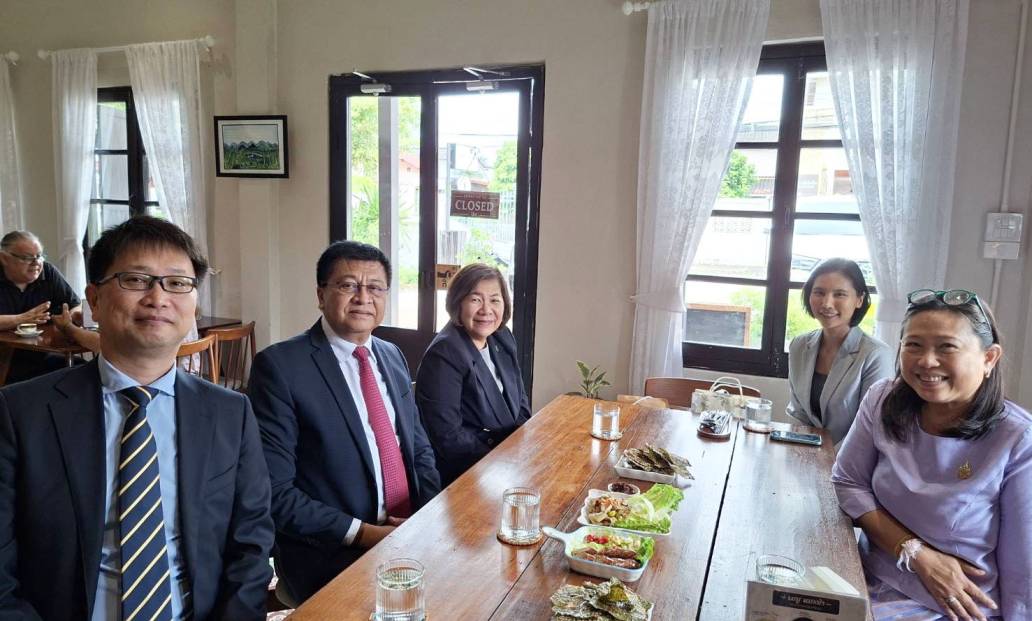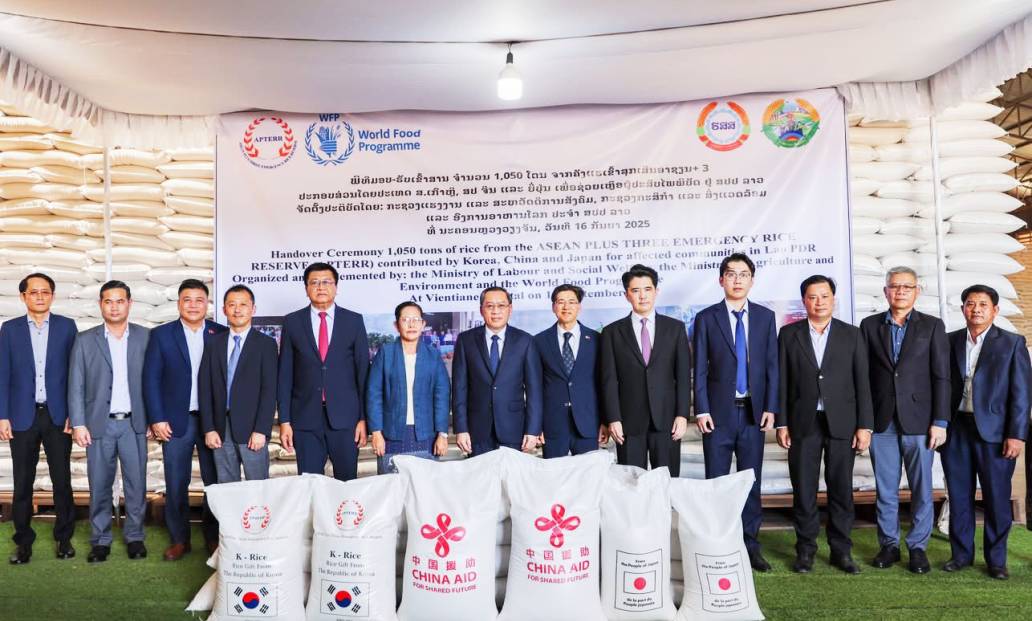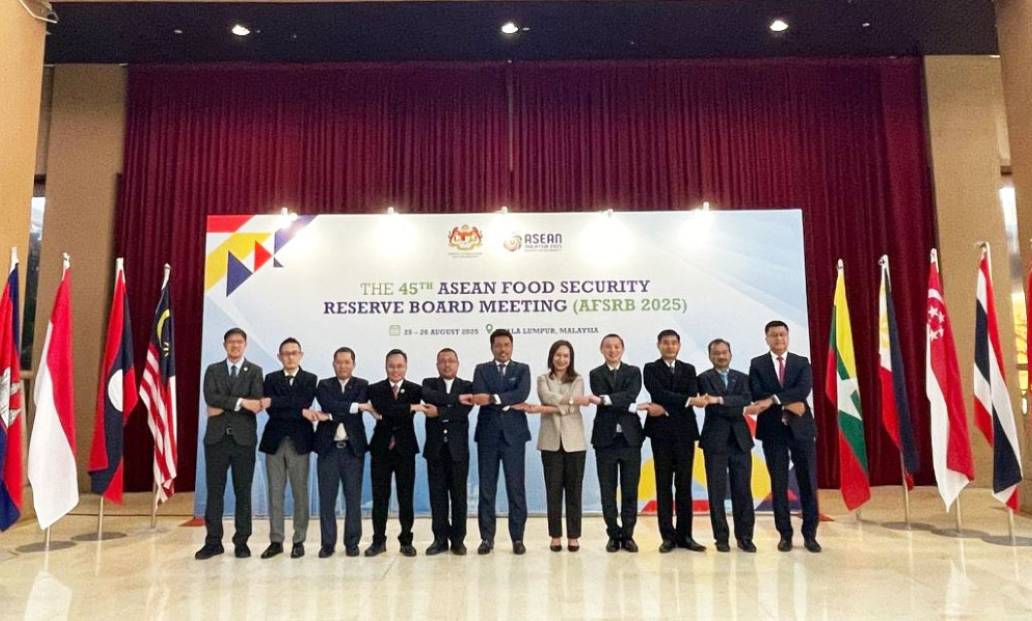
Mr. Choomjet Karnjanakesorn, General Manager (GM) and Ms. Nattavadee Sraprathum, Technical Staff for FEMI as the representatives of the APTERR Secretariat attended the 20th ASEAN Food Security Information System (AFSIS) Focal Point Meeting via online platform on 8 – 9 June 2022.
The APTERR Secretariat presented the achievements of APTERR’s mechanism in 2021 and food security information-related works using data from the AFSIS.
The APTERR GM also took this opportunity to show his great appreciation to the AFSIS Secretariat for continuous support to the APTERR Secretariat in providing the useful reports on the Agricultural Commodities Outlook (ACO), the Early Warning Information Report (EWI), and the Rice Growing Outlook Report (RGO).
The next 21st AFSIS Focal Point Meeting will be hosted by Lao PRD in June 2023.
.

































